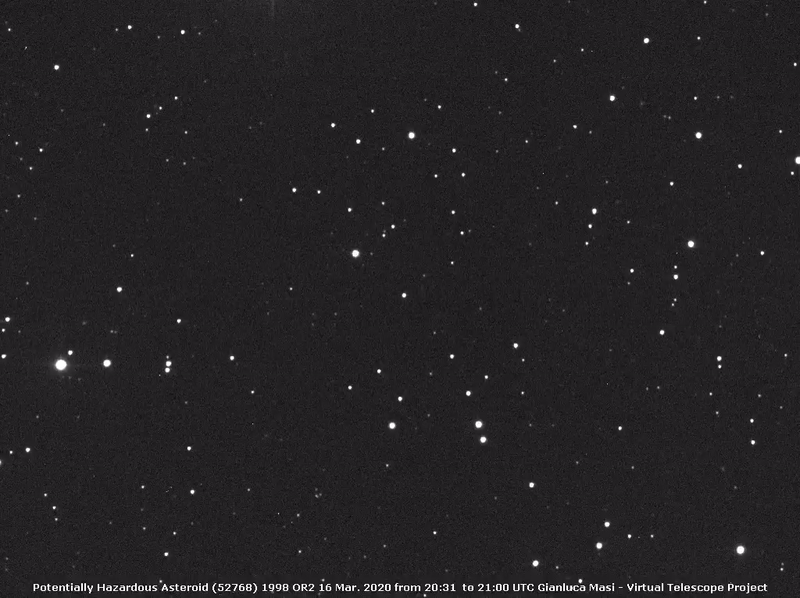“Potentially hazardous” asteroid to fly by Earth
April 29, 2020
Amidst this undoubtedly chaotic time here on our home planet, Earth, a bit of news that is completely unrelated can be quite the breath of fresh air. So one interesting and out of this world event is to occur on April 29th. A “potentially hazardous” asteroid is going to zip right by Earth.
Despite the title, “potentially hazardous”, asteroid (52768) 1998 OR2, poses no true threat to our home. Many people have speculated about this asteroid being the harbinger of the end of the world, but that is far from the truth. This asteroid is about mountain sized and would wreak havoc if it were to crash here on Earth, but according to livescience.com, space.com, and others, OR2 will pass about 3.9 million miles away from us, or approximately 16 times the distance between earth and the moon.
The reason NASA has classified the asteroid as potentially hazardous is because it fulfills a certain criteria to be named so. According to NASA, an asteroid is classified as potentially hazardous if it crosses Earth’s orbit within a distance of 4.6 million miles, or 0.05 AU. An AU, or astronomical unit, is the average distance between earth and the sun. OR2 has an orbit between Earth and Mars and won’t pass us again until 2031 and at a much farther distance.
The reason NASA is actively searching for potentially hazardous asteroids is so that they will know when one will actually cause a problem. They are studying ways to deflect an earthbound asteroid should it be discovered. They have discovered about a third of the 25,000 asteroids that are thought to be going by.
Though it will not bring about the end of the world, the passing by of OR2 poses an interesting opportunity for astronomers. Those with telescopes will be able to view it as a slow moving star. If you don’t have a telescope, the Virtual Telescope Project in Rome will be hosting a free online viewing of the asteroid on the 28th.

